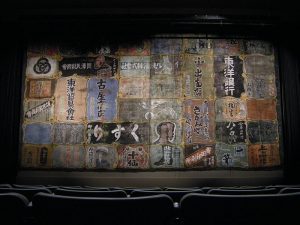The question about verb “tense” in narrative comes up again and again. I will write more about this in the future, but the following article proposes some very interesting tentative explanations:
Hiroshi Nara, “Tense Alternation in Written Narrative Texts in Japanese” (PDF)
Here is my brief summary of his findings:
- Sentences that orient readers or provide evaluations are non-past if within the “extended” present of narration, and past if not; non-past slows narrative and heightens focus on the scene.
- Sentences that introduce complications or declare are non-past or past in the same cases as above; non-past used for habitual behavior and past for preparing for a narrative peak.
- Sentences that provide abstracts or codas are non-past.
If that makes little sense, please take a look at Nara’s clear explanation. Also note that the precise functioning of tense/aspect in Japanese-language narratives is still a matter of some debate.
Professor Nara recently published a related piece, “Aspect and Discourse in Tense-Switching” (PDF).

Leave a Reply